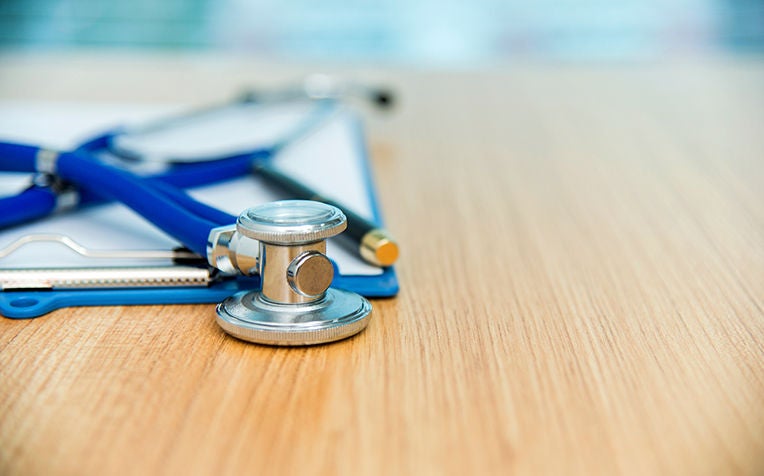
Cancer treatment depends on the type and stage of cancer as well as the patient's general health.
How Is Cancer Diagnosed?
The diagnosis of cancer requires the taking of a tissue sample from you, so that it can be processed for examination under the microscope by a pathologist for confirmation of cancer. The type and grade of the cancer can also be determined on microscope examination. The tissue sample can be obtained through a biopsy or fine needle aspiration procedure, which involves either the removal of a small amount of tissue, or aspirating cells from the lump, for histologic evaluation.
4 Different Treatment Methods
Many people with cancer want to know all they can about the various types of treatment methods available so that they can make an informed decision on the treatment plan that is best for them.
Cancer treatment can be one or a combination of methods as each cancer is different and each patient’s response to treatment is unique.
Surgery
Surgery is the most effective treatment for a solid tumour when it is operable. However, every person is different and needs an individual treatment plan. The treatment plan depends on the type, location, size, stage and grade of the cancer. During surgery, the surgeon removes the section of the tissue that is affected. Nearby lymph glands will also be removed because if the cancer has spread, it usually spreads first to the lymph glands.
Chemotherapy
Chemotherapy is the use of anti-cancer drugs to kill cancer cells. Chemotherapy stops cancer cells from growing and reproducing themselves. These drugs can be given orally or by injection. The drugs enter the bloodstream and travel throughout the body. Drugs may be used alone, before or after surgery, or together with radiation therapy to increase the effectiveness of treatment.
Chemotherapy is given in cycles. Each cycle consists of a treatment period followed by a resting (recovery) period. As cancer drugs also affect normal cells, the resting period is to allow the body to recover before the next treatment cycle starts. There are side effects associated with chemotherapy such as hair loss, nausea and vomiting, loss of appetite, mouth ulcers and the risk of infection. However, these are temporary and steps can be taken to prevent or reduce them.
Radiation therapy
Radiation therapy, or radiotherapy, uses radiation to kill cancer cells or stop them from growing further. Although radiation therapy can affect both cancer cells as well as normal cells, the aim of radiation is to destroy more cancer cells and spare as many normal cells as possible.
The two ways of delivering radiation are external beam and brachytherapy. In external beam radiotherapy, machines called linear accelerators (linacs) produce high energy x-rays that are used for treatment. In contrast, radioactive sources are applied, in close contact, to the tumour for treatment in brachytherapy.
Radiation therapy can cause side effects which vary between individuals and different treatment sites. For example, treatment of the head and neck region may cause dryness of the mouth or painful swallowing, whereas patients receiving treatment to the abdominal area may experience diarrhoea. Most of these side effects are temporary and manageable. Newer radiotherapy techniques can minimise these side effects.
Hormone therapy or endocrine manipulation
Hormone therapy or endocrine manipulation is a therapy that aims to control a cancer by changing the hormonal environment in which it is growing. A hormone is a substance which has a specific effect on the way the body works. Made in very small amounts by glands, various hormones help to regulate and coordinate growth, metabolism and reproduction. They are distributed in the bloodstream. Cancer of the breast or prostate, for example, can respond well to hormone treatment.
Ref: S13
Contributed by


















 Get it on Google Play
Get it on Google Play